How to Make Liang Pi (Chinese Wheat Starch Noodles)
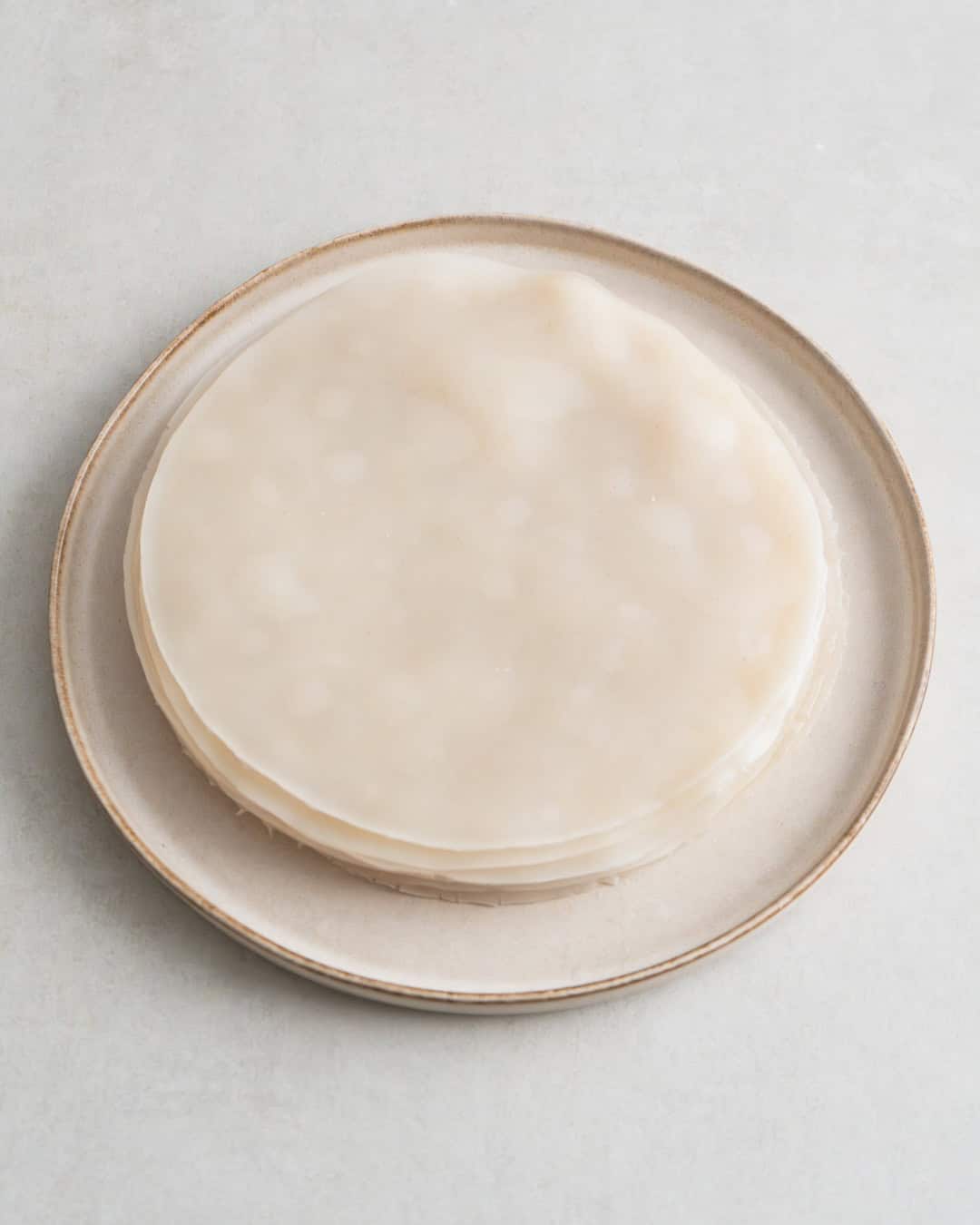
What is Liang Pi?
Liang Pi, often called Chinese cold skin noodles, is a popular noodle variety from the Shaanxi province of China. These light and springy noodles are made from wheat starch that is typically leftover after making a batch of Chinese Wheat Gluten, giving them a unique texture that stands out from other types of noodles. They are typically served cold or at room temperature as Chinese Spicy Cold Skin Noodles, dressed with a spicy, tangy sauce, for a refreshing dish, especially during warmer months. You’ll often find it sold by street vendors, but it’s also easy to make at home.
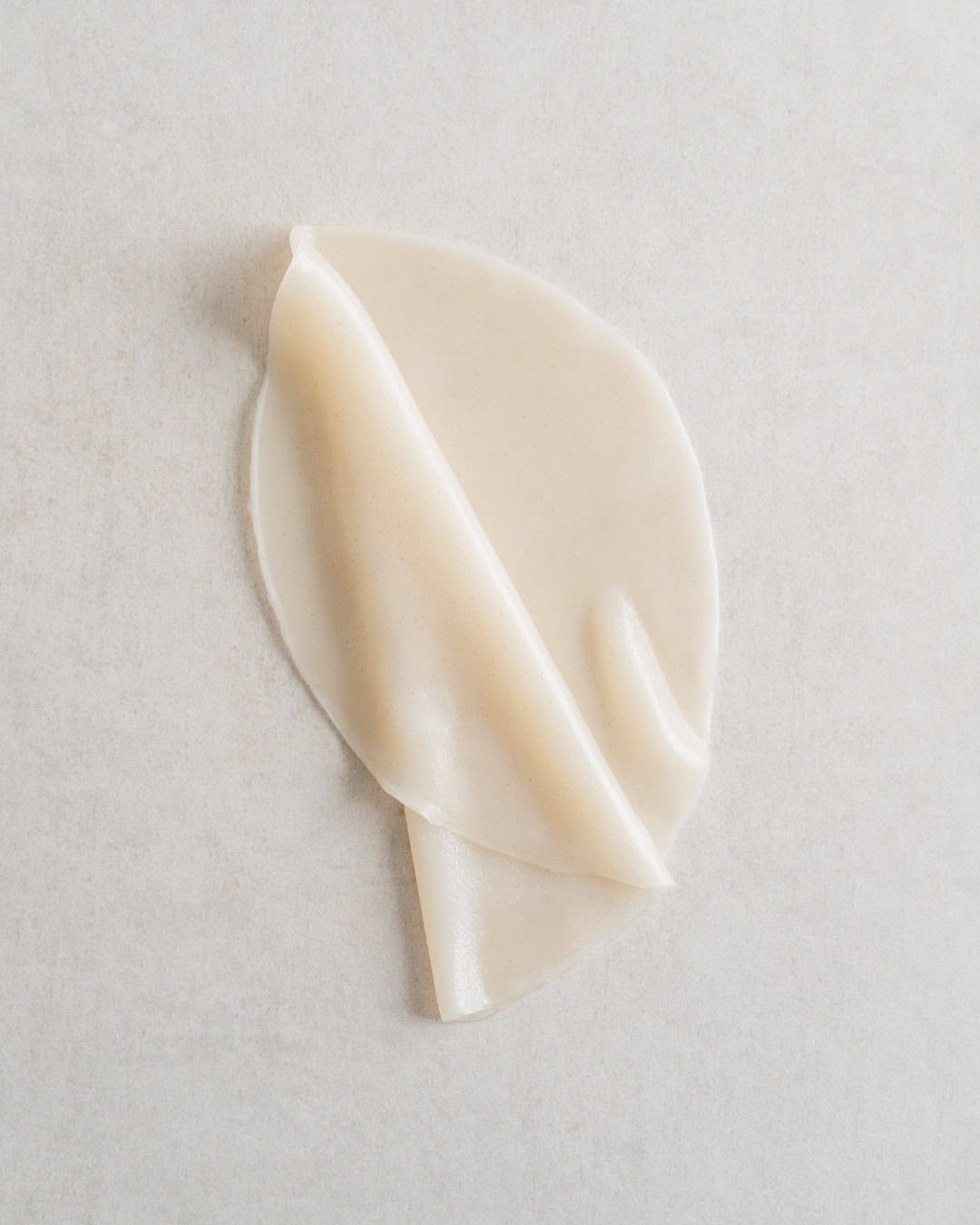
Ingredients You’ll Need & How To Substitute
- Flour: After making and washing a glutenous dough, the leftover starches become the essential ingredient for creating the springy noodles. You can experiment with making a simple batter of other starch (like mung bean) and water instead, though the textures will vary.
- Water: Required for washing the dough and boiling during steaming.
- Vegetable Oil: Used for brushing the cake tin to keep the noodles from sticking. Any neutral oil can replace vegetable oil if you prefer.
How to Make Liang Pi (Step-by-Step)
Prepare the Dough: Start by following the Chinese Wheat Gluten recipe to create and wash the dough. After each wash, strain the starchy white water through a sieve into a large bowl or pan. You’ll end up with about 4-5 liters of water.
Set the Starch: Let the collected starchy water sit for 6 hours or overnight at room temperature. This helps the starch settle at the bottom, forming a thick layer.
Prepare for Steaming: Fill one-third of a wide pan with water and bring it to a boil. This will be used for steaming the noodle sheets.
Extract the Starch: Carefully pour off the clear water from the starchy mixture, leaving behind the thick white layer at the bottom.
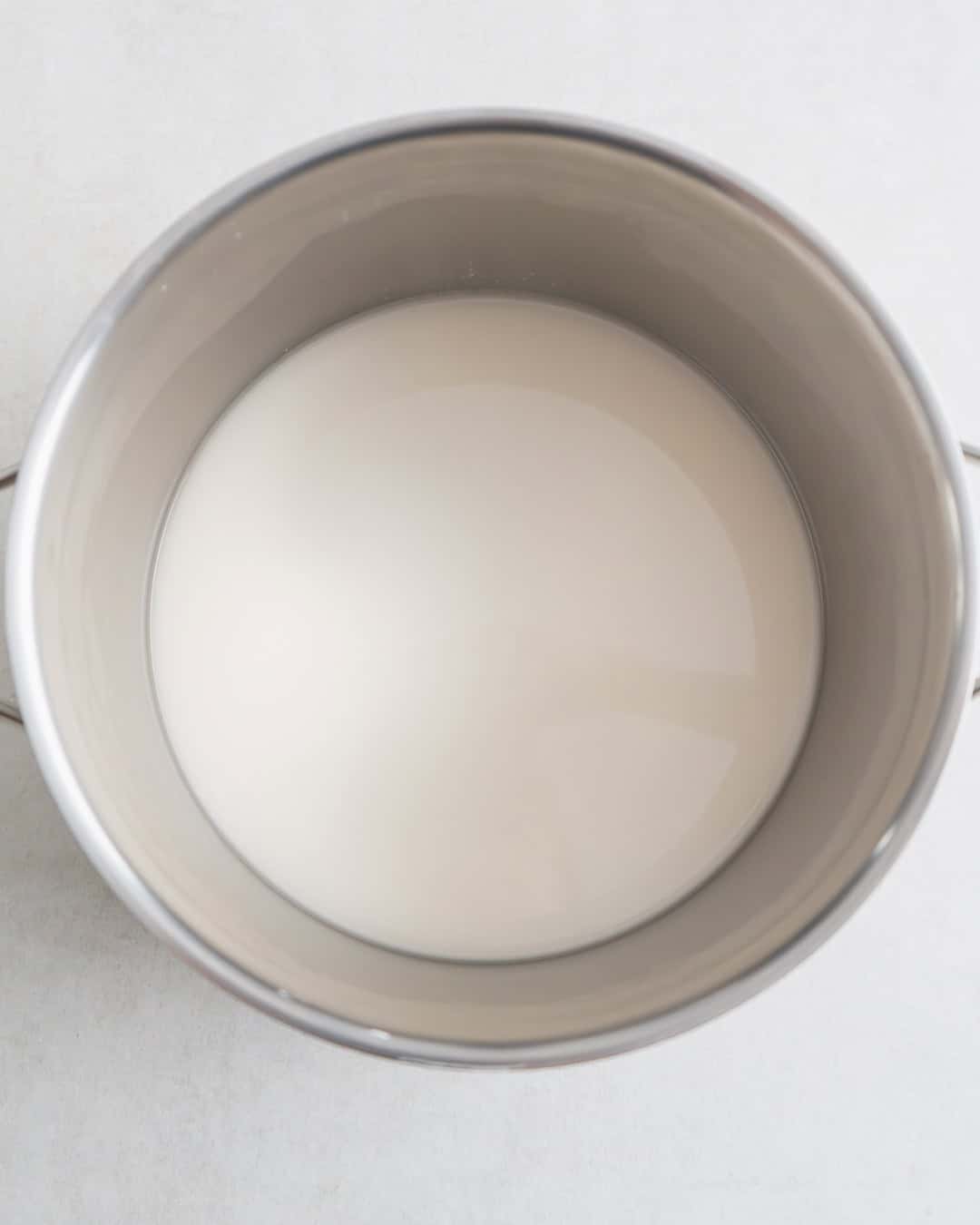
Stir the residue well to create a thick, milky liquid, then transfer it to a bowl. Add enough fresh water to reach a total weight of 1.35 kg, then stir in the salt.
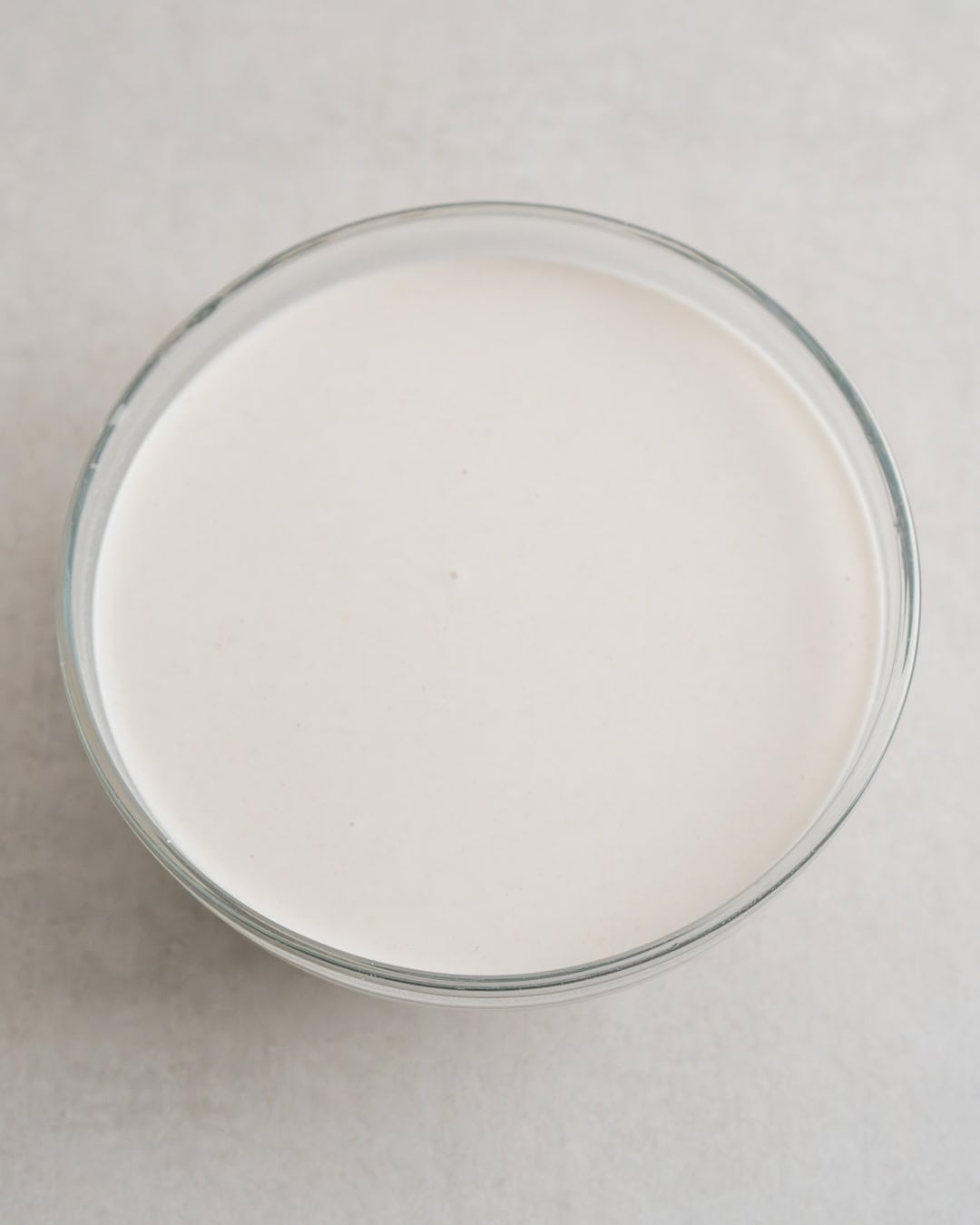
Prepare the Cake Tin: Brush a 20 cm round or square cake tin with vegetable oil. Pour a thin layer (around 80g) of the noodle batter into the tin, ensuring it just covers the bottom.
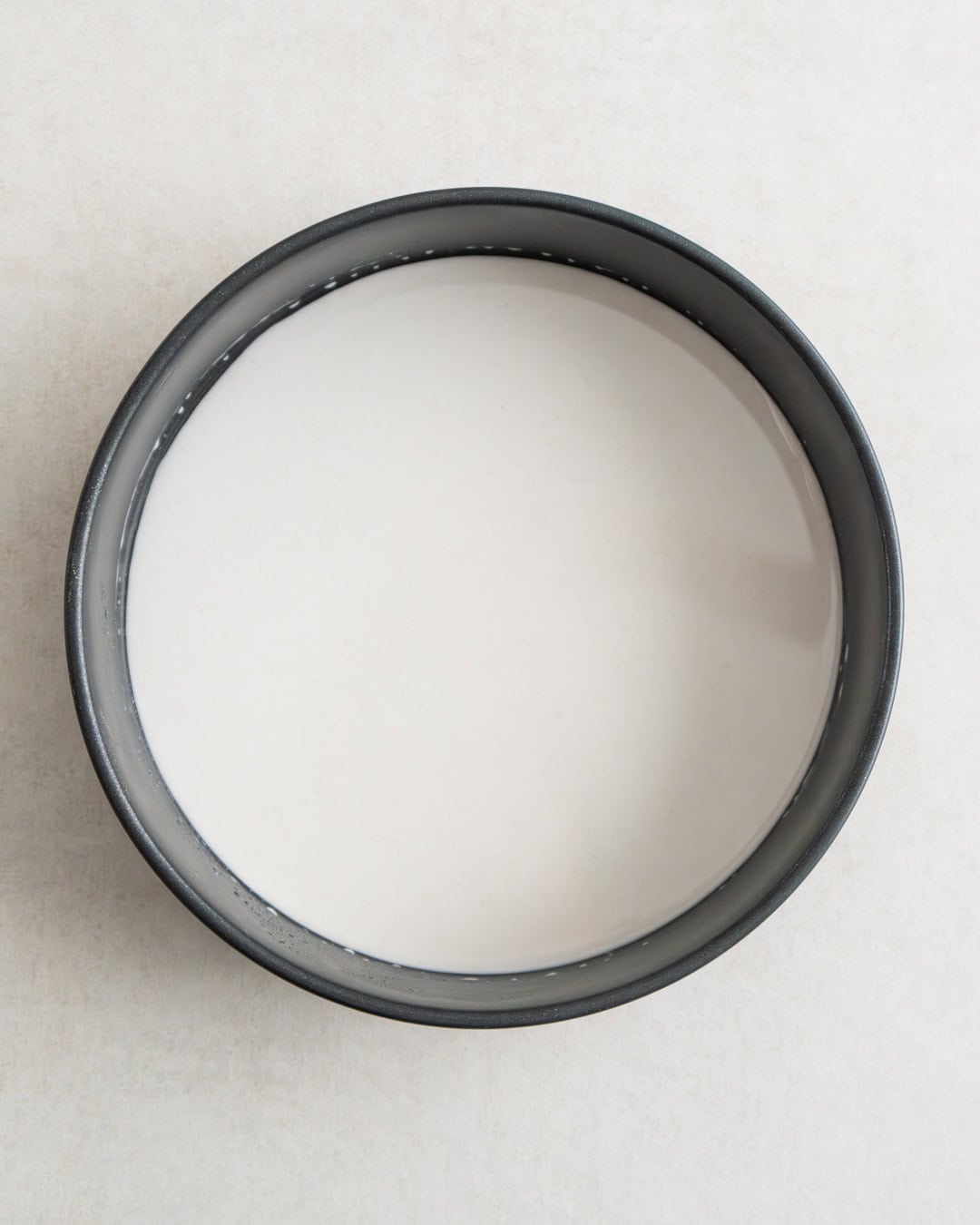
Steam the Noodle Sheets: Gently place the tin into the boiling water, making sure it floats. Cover and steam over medium heat for 1-2 minutes. If you see bubbles forming between the noodle sheet and the tin by the time you lift the lid, you’ve got the right consistency. If not, just dilute the remaining batter with a little more water.
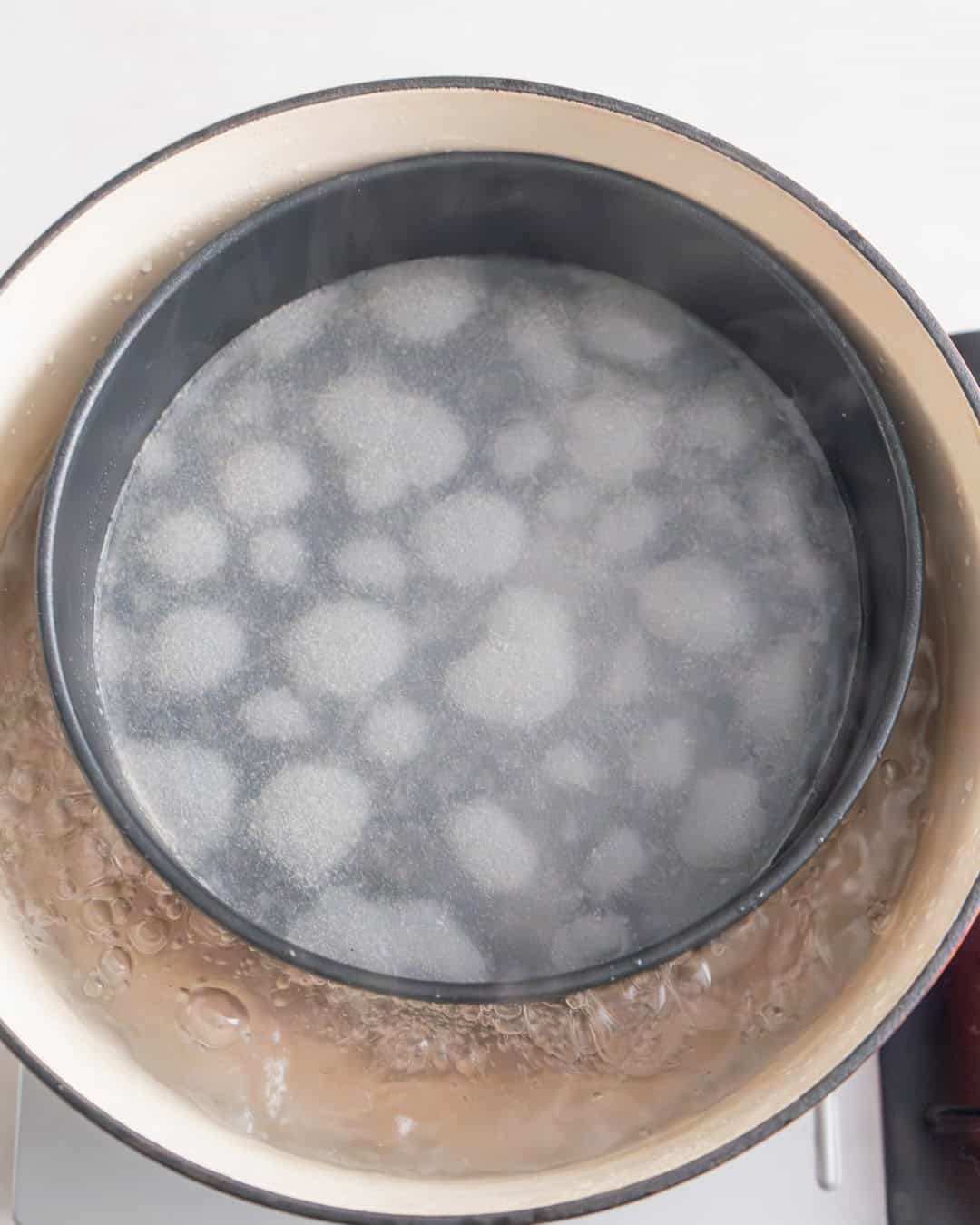
Cool the Noodle Sheets: Allow the hot tin to float on cold water for 30-60 seconds until the noodle sheet is cool to the touch. Brush the sheet with a bit more oil and carefully remove it with a spatula or your hands. Transfer to a board.
Repeat: Continue steaming and cooling the remaining batches (you’ll make about 14-16 batches). While waiting for each sheet to steam, slice the cooled sheet into wide noodles and transfer them to a bowl. If you have two tins, you can save time by steaming one sheet while cooling another.
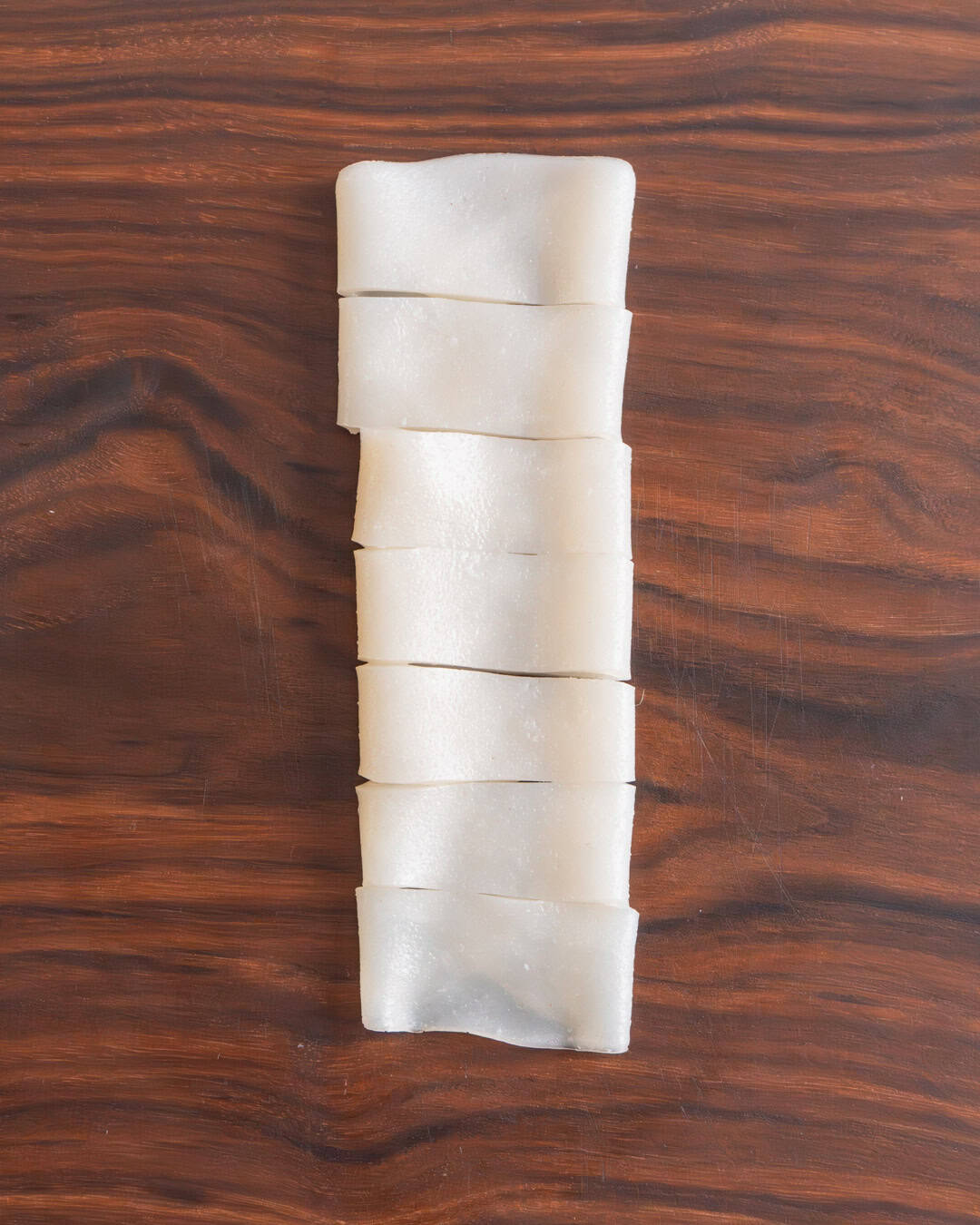
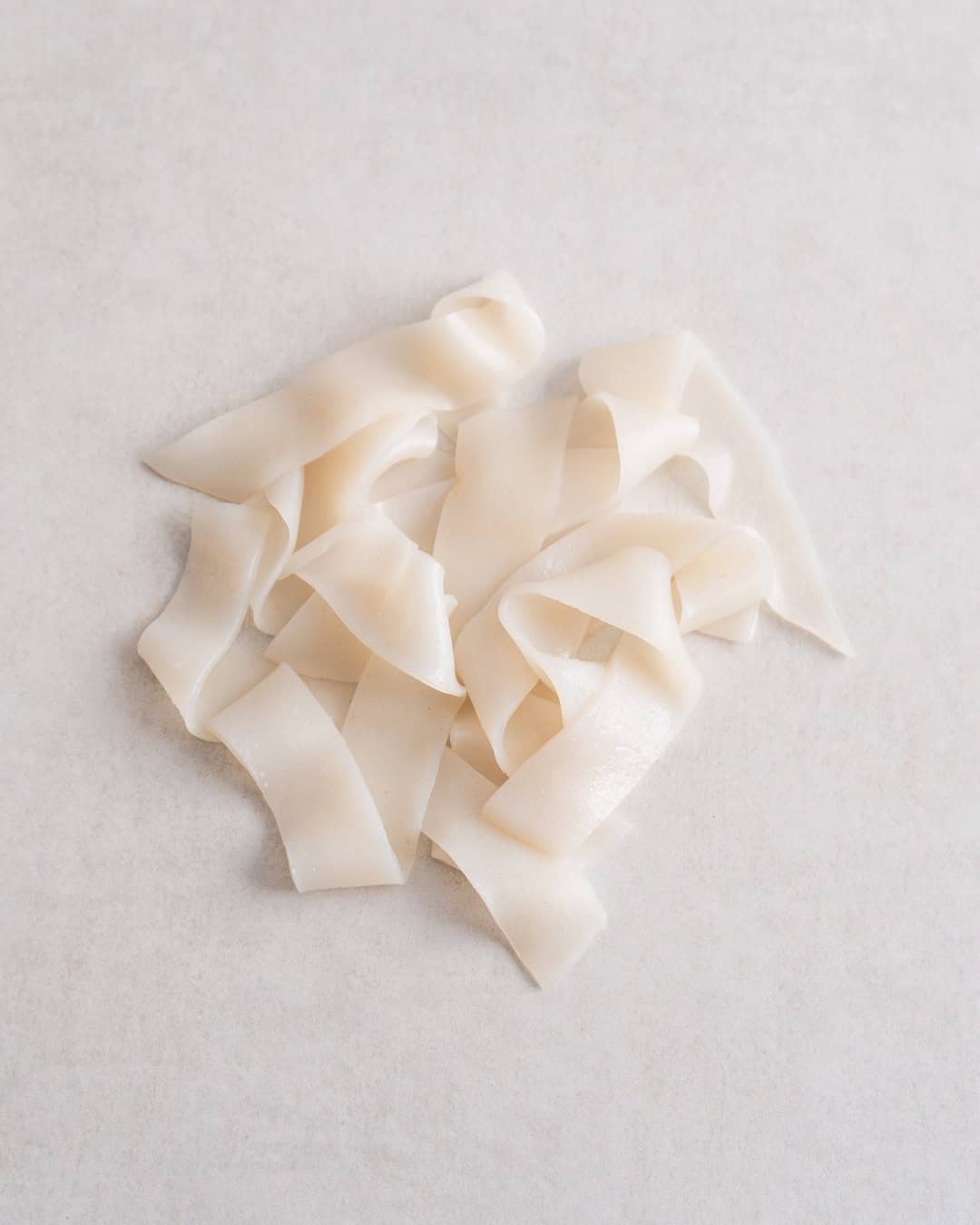
Serve: Use the noodles in dishes like Liang Pi (Chinese Cold Skin Noodles in Spicy Sauce), where they can be tossed with a tasty dressing and served chilled.
Useful Tips
- Noodles sticking together: If the noodles are sticking together, rinse them with a little bit of water to separate.
- Inconsistent thickness: When pouring the batter, try to just about cover the tin. It helps to weigh the liquid each time.
- Prep ahead: Preparing the dough and extracting the starch the day before can save you time.
Why You’ll Love This Recipe
- naturally vegan
- light & springy noodles
- inexpensive
- versatile – can be used in most noodle dishes of your choice
How to Store Liang Pi
If you happen to have leftovers, storing Liang Pi is easy. Keep the noodles in an airtight container in the fridge for up to three days. To use, simply toss the noodles with your favorite sauce for a quick and tasty meal. For the best experience, serve the noodles cold—it makes for a perfect, refreshing bite.
**I receive a small commission from affiliate links on this page**
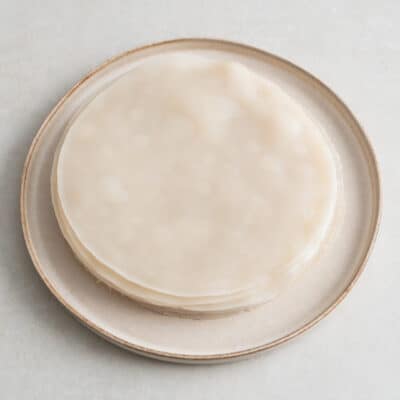
How to Make Liang Pi (Chinese Wheat Starch Noodles)
Equipment
Ingredients
- 1 Chinese Wheat Gluten (for the residue starchy water)
- 1 tsp salt (7g)
- Vegetable oil (for brushing)
Instructions
- Follow the Chinese Wheat Gluten recipe to make and wash the dough, but strain the starchy white water through a sieve into a large pan or bowl after every wash. You’ll end up with 4-5l of the water, so make sure to choose a vessel that is large enough. Let it set for 6 hours or overnight at room temperature to allow the starches to sink to the bottom.
- Fill one-third of a wide pan that can easily hold a 20cm round cake tin with water and bring to a boil. Meanwhile, continue with the starches. Carefully pour off the clear water to leave behind the thick white layer of starches at the bottom. You want to pour off as much water as possible, but stop pouring when the water no longer runs clear. Give the residue mixture a good stir to dissolve it into a thick, milky liquid, then transfer to a separate bowl to weigh it. Now add enough fresh water to reach a total of 1.35kg and stir in the salt.
- Fill a separate bowl with cold water. Brush a 20cm round or square cake tin that fits the pan with some vegetable oil, stir the noodle batter again and pour a thin layer into the tin to just cover the bottom (around 80g). Carefully place it in the pan so that it floats on the boiling water, give it a shake to even out the batter and cook covered over medium heat for 1-2 minutes. If the batter has the right consistency, it will have formed bubbles between the noodle sheet and the tin by the time you remove the lid. Otherwise, dilute the remaining batter with a little more water.
- Let the hot tin float on the cold water to allow the noodle sheet to cool for 30-60 seconds. Once cold to the touch, brush it with a little more oil and carefully remove it with a spatula or your hands. Transfer to a board, then repeat with the remaining batter, giving the batter a stir before pouring the next batch. It’ll make 14-16 batches. While you wait for the next sheet to steam, slice the cooled sheet into wide noodles and transfer to a bowl. If you have two cake tins, you can also steam the next sheet while the previous one is cooling to save some time.
- You can now use the noodles in dishes like Liang Pi (Chinese Cold Skin Noodles in Spicy Sauce).
